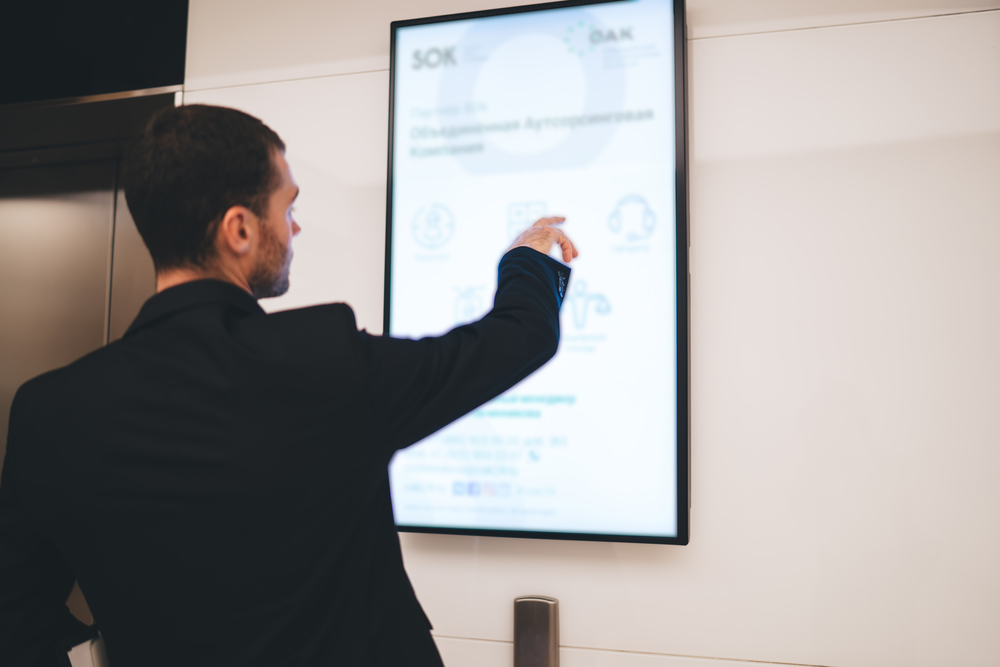Technology-driven trial presentations bring cases to life.
Technology-driven trial presentations bring cases to life.
Blog Article
How Test Presentations Enhance Your Debate and Convince Jurors
Test discussions function as a pivotal device for improving lawful disagreements and convincing jurors. By incorporating visual help, narrative structures, and emotional engagement, attorneys can produce a compelling case that reverberates on multiple degrees. The critical use visuals not only clears up intricate info yet additionally records jurors' focus better than words alone. However, the art of storytelling plays a similarly crucial duty in changing accurate proof right into an engaging narrative, forming jurors' perceptions - trial presentations. Recognizing these components can considerably influence test outcomes, raising the concern of just how each part adds to this elaborate dynamic.

Importance of Aesthetic Help
Aesthetic aids play an important duty in enhancing the effectiveness of trial presentations, as they can dramatically raise target market interaction and retention of information. In the context of a trial, where jurors are entrusted with processing complicated details, aesthetic help serve to simplify and clear up essential points. Charts, charts, and photos can share information and concepts that may otherwise bewilder or confuse jurors, enabling a more simple understanding of the evidence offered.
Furthermore, aesthetic aids assist in keeping juror focus throughout the proceedings. By damaging the uniformity of verbal testament, these devices can stress important disagreements, making them extra unforgettable. Effective aesthetic aids can likewise evoke emotional responses, which can be critical in encouraging jurors to align with the presenter's narrative.

Crafting Engaging Narratives
A compelling narrative is vital in trial discussions, as it functions as the foundation of effective persuasion. It permits lawyers to weave together realities, evidence, and psychological aspects into a coherent story that reverberates with jurors. This narrative structure makes it possible for jurors to comprehend the intricacies of the case while directing them through the lawyer's disagreement.
To craft a compelling narrative, attorneys should concentrate on quality and comprehensibility. This entails developing a clear lead character-- typically the customer-- and describing their trip via the occasions in concern. Presenting the truths in a rational series enhances understanding and maintains involvement. In addition, using vibrant summaries can develop mental pictures that assist jurors envision the occasions, making the story more unforgettable.
Additionally, incorporating essential themes throughout the presentation enhances the core message and help in retention - trial presentations. The story must not only convey details yet likewise evoke a sense of justice, highlighting the risks included. Eventually, a well-constructed story promotes a connection between the jurors and the instance, placing the attorney's debate as both credible and engaging, consequently enhancing the likelihood of a favorable judgment

Involving the Jury Psychologically
Efficient jury interaction hinges on the lawyer's ability to attach with jurors on an emotional degree. This connection can dramatically impact jurors' assumptions and their supreme decision-making. Making use of emotional allures allows attorneys to humanize the instance, transforming abstract lawful concepts published here into relatable experiences. By offering real-life stories or testimonies, attorneys can evoke compassion and compassion, promoting a much deeper understanding of the issues at stake.
Visual aids, such as photos or video clips, can dig this further enhance psychological involvement, providing jurors with vibrant depictions of the instance's human components. Crafting a narrative that highlights the struggles and victories of the people entailed ensures that jurors see beyond the legal disagreements and identify the human effects of their choices.
Moreover, tone and body language play a vital duty in sharing emotion. An attorney's passionate shipment can resonate with jurors, strengthening their emotional investment in the event. It's important to stabilize sob stories with factual proof, ensuring that jurors feel compelled to act while remaining grounded in the fact. Inevitably, a psychologically involved court is extra most likely to be convinced, making emotional connection an important component of effective test discussions.
Structuring Your Presentation

The body of the presentation must be rationally fractional right into bottom lines, each sustained by compelling evidence. It is helpful to utilize storytelling techniques to weave truths into a narrative that jurors can conveniently adhere to. Visual help, such as charts and videos, can improve comprehension and interaction, assisting to highlight essential pieces of evidence.
Real-World Case Studies
Examining real-world situation research studies offers indispensable understandings right into the art of trial discussions and persuasion. As an example, the site case of "O.J. Simpson v. Individuals of California" highlights exactly how visual help and engaging stories can sway jury assumptions. The defense group successfully used a method that integrated top-level professional testimonies with multimedia presentations, which astounded jurors and eventually influenced their decision.
Another significant instance is the "McDonald's Coffee Case," where the plaintiff's attorneys used visuals photos of the injuries sustained by Stella Liebeck. trial presentations. This plain visual evidence played a vital role in sharing the severity of her burns, leading to a substantial jury honor. Such instances show that impactful test discussions commonly pivot on the reliable integration of visuals and narration to evoke psychological feedbacks from jurors
Additionally, the "Casey Anthony Test" highlighted the value of narrative comprehensibility and reputation. The prosecution's failure to establish an engaging timeline reduced their persuasive power, underscoring the need of a well-structured discussion. Analyzing these situations discloses that effective test presentations require calculated planning, emotional engagement, and the capacity to resonate with jurors' values and ideas.
Verdict
Trial presentations dramatically boost debates and convince jurors via the strategic usage of aesthetic help, engaging narratives, and emotional engagement. A well-structured discussion equilibriums emotional allures with valid additional resources evidence, inevitably reverberating with jurors' values.
Report this page